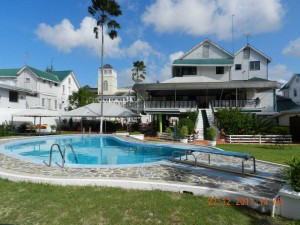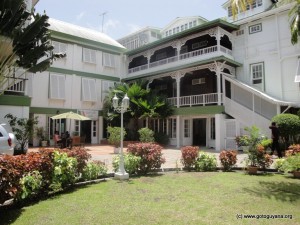
In the ever changing landscape of Guyana, especially in the district of Georgetown, some striking old traditional wooden buildings can still be found. In the conservation of our wooden built heritage, strategies had to be adopted to make the use of historic buildings current so that they can survive for the benefit of future generations. This is so since the original use of the building may not have been sustainable enough to safeguard the future of the building.
The term “adaptive reuse” is common among conservation enthusiasts. It is the act of changing the original function of the building or site in an attempt to ensure the survival of the historic building. This change is usually designed for the benefit of the public and in an effort to garner revenue to aid maintenance.
In adaptive reuse, the aim is to retain the aesthetics of the original building especially the facades. In many such projects, the internal areas of the building will be altered to accommodate the new functions of the building.
In this article, a number of historic buildings will be featured, most of which now serve various functions from what they were originally built for, that is, private dwellings. Some still retain their original purpose such as Austin House.
Brazilian Ambassador’s Residence




